
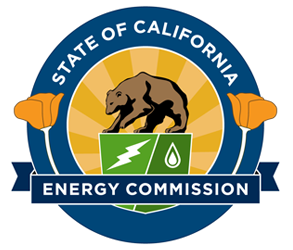
California is the nation’s leader in clean energy goals, with the state committed to reaching 100 percent renewable and zero-carbon electricity by 2045. Both statewide and local regulations are requiring not only large utility companies to evolve, but home and building owners as well. On January 1st of this year, the California Energy Commission’s 2019 Building Energy Efficiency Standards went into effect for any new project permit- whether a new build or a retrofit. When undertaking new building projects in 2020 California, a comprehensive understanding of the updated rules and how they impact the design and construction of your building is essential.
Buildings must be energy efficient, conserve water, and enhance indoor and outdoor air quality like never before.
While the state’s Building Energy Efficiency Standards have been in existence since 1976, the guidelines are updated every few years, and each update establishes stricter rules than the previous iteration. According to the Commission the objectives are to reduce energy and water waste while improving indoor and outdoor air quality. The standards target the technologies, materials, and methods used in the construction process, ensuring that they are energy and water efficient. Compared to the 2016 version, the latest round of standards aims to reduce the energy use of a typically home by up to 53%, and for commercial buildings around 30%.
In order to achieve these reductions several new guidelines have been established, including:
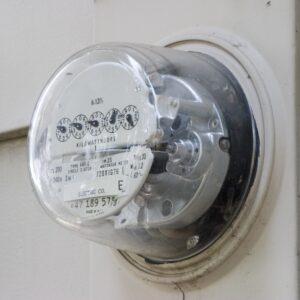
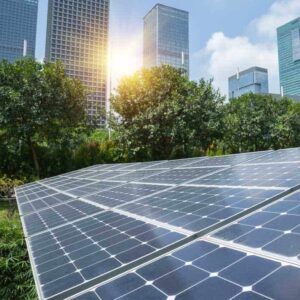
MEP (Mechanical, Electrical, Plumbing) consultants view each building as its own ecosystem, whose design must be minimally impactful to the environment by optimizing energy use and beneficial to the business by lowering costs, all while enabling indoor microclimates friendly to the people who occupy them. Because the MEP design process is multi-disciplinary no single element of a building’s HVAC, lighting, or water supply are developed in a vacuum; rather, they are considered holistically and designed to work in concert with one another. MEP consultants help business owners, architects, and other stakeholders achieve their objectives, allowing for buildings that are energy efficient, water sustainable, aesthetically appealing, cost reducing, and most importantly, comfortable
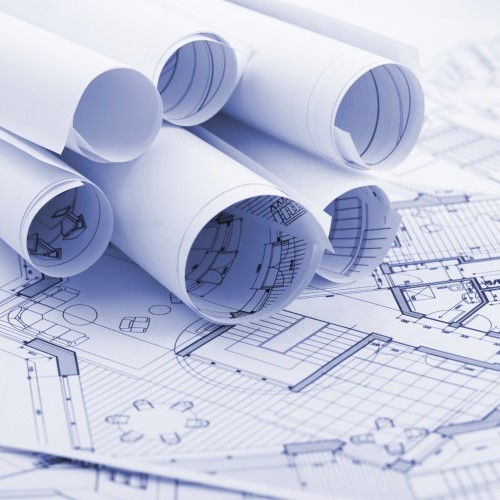
As an example, consider the impact that indoor air quality and microclimate have been shown to have on worker productivity in a typical office. If a workspace is too hot or too cold, or currents of air too turbulent or too stale, workers experience thermal discomfort and their performance suffers as a result. For this reason, an astutely designed HVAC system tailored specifically to the building type and intended use is necessary to achieve maximum indoor comfort. The same is true of lighting systems. By employing a mix of smart electrical lighting and allowance for natural light when feasible, good lighting can enhance mood and productivity. While HVAC and lighting can be designed to create an appealing space, these also represent nearly half of the energy consumed in a typical building. Because of this, comfort and aesthetic objectives must be pared with intelligent engineering design that achieves energy efficiency in a cost-effective way.
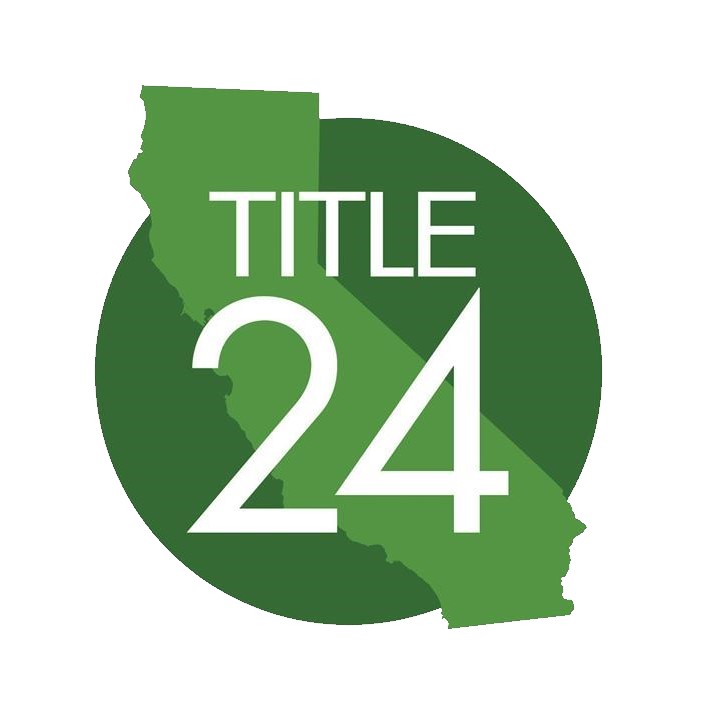
An interesting aspect of is the concept of the “energy budget”. In essence, an owner has two options when taking on a new project: employ the prescriptive methods of the Commission that are proven to be energy efficient or opt for a combination of other methods so long as they result in an equally efficient building. This freedom allows for a much more tailor-made design, though achieving the energy budget (measured in terms of the energy consumption per square foot of floor space) is not easy. With their multi-disciplinary approach an MEP consultant can assist in honoring the unique needs of your building concept, while meeting or even exceeding energy, water, and air quality requirements.
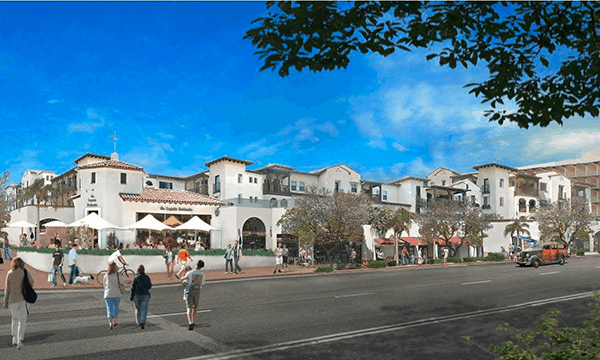
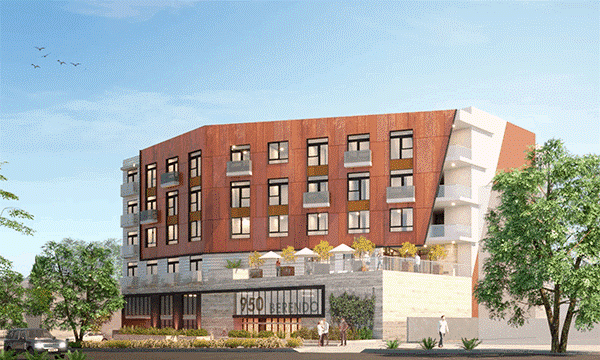
120 Degreez Engineering is a California based MEP consultant, and perfectly positioned to assist you in ensuring your latest building project meets California’s 2019 Building Energy Efficiency Standards, all while achieving the unique comfort and operational objectives of your project. We have a strong portfolio in an array of building types- hotels, restaurants, apartment buildings, offices, and cannabis growth facilities- and offer a full array of mechanical, electrical, and plumbing services. We understand the regulations of each of the 16 “climate zones” in California, and the approach that is appropriate for each building type, meaning our solution will be suited both to your project and locality. One downside of the new energy regulations are the increased initial cost they will add to new building projects. In the case of new single-family home construction, the increase will average $9,500, although ongoing energy cost savings will amount to $19,000 over thirty years. Understanding the impact of the higher initial cost in meeting the standards, our MEP consultants are committed to working with you to achieve the best possible long-term savings via smart and strategic engineering design.
Resources:
2019 Building Energy Efficiency Standards (California)
Los Angeles Existing Building Energy and Water Efficiency Program
http://www.ladbs.org/docs/default-source/forms/green-building/ebewe-ordinances.pdf